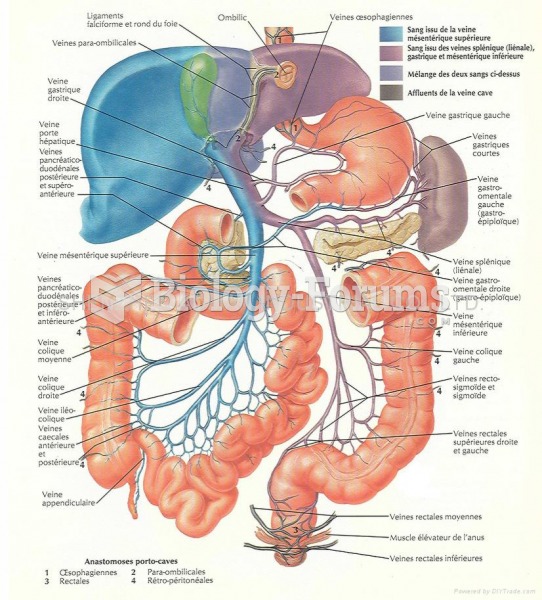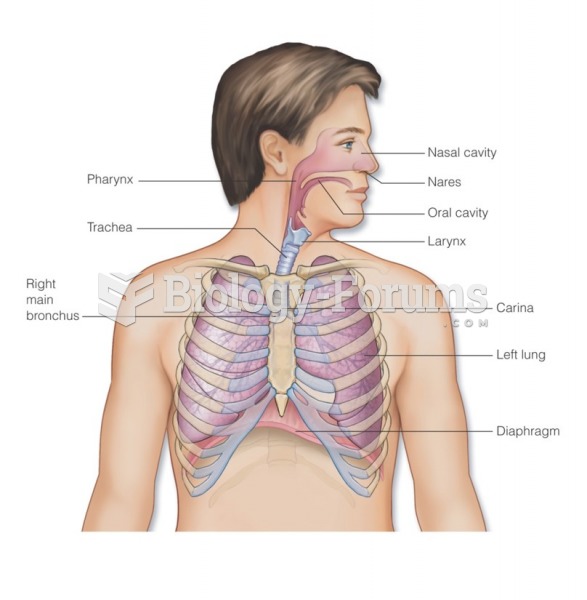Answer to Question 1
d
Answer to Question 2
Justice of the peace courts are found in rural areas. Many JPs are not trained lawyers and often fail to abide by the rules that are supposed to bind them (Mansfield 1999). Critics argue that the JP system has outlived its purpose. It is out of step with the modern era and should be abolished. A major defect is that JP courts are controlled only by the local government bodies that create them and fund them and their activities are not subject to appellate scrutiny. When a defendant appeals, the appeal is heard by a trial court of general jurisdiction. Today, many of the JPs have been replaced with magistrates. Magistrates are more likely to be appointed than elected and tend to have better training than JPs. Overall, the issues facing rural courts are qualitatively different from those faced by urban courts (Baehler and Mahoney 2005). Compared to their big-city counterparts, rural courts exhibit three special features: lower caseload, lack of resources, and greater familiarity (Bartol 1996; see also, McKeon and Rice 2009). The urban counterparts of the justice of the peace courts are municipal courts. The overriding reality of municipal courts in the nation's big cities is the press of cases. Accordingly, obstacles to speedy dispositionconstitu tional rights, lawyers, trialsare neutralized. In a process some have labeled an assembly line, shortcuts are routinely taken to keep the docket moving. Defense attorneys constitute another potential obstacle to the speedy disposition of cases. The general absence of defense attorneys reinforces the informality of the lower courts and the lack of attention to legal rules and procedures. In municipal courts, the defendant's initial appearance is usually the final one. Realistically, a defendant charged with crimes such as public drunkenness and disorderly conduct probably cannot raise a valid legal defense. What has struck all observers of the lower courts is the speed with which the pleas are processed. Few trials are held in the lower courts. The courtroom work group often works together to keep cases moving quickly. Some courts manipulate bail to pressure defendants into an immediate disposition. The routines of the lower courts are threatened, however, by uncooperative defendants.







